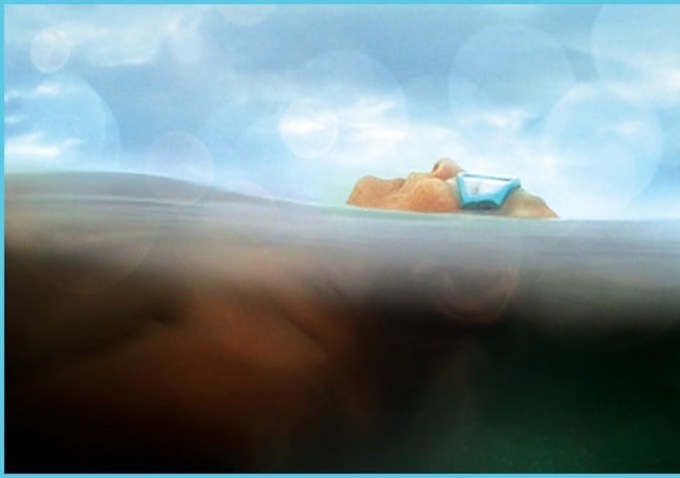By Jane Weiner
No one ever said filmmaking was easy (at least I don’t think so). That said, what is required to get a film to completion sometimes awes me beyond comprehension. I can not think of a better testament of faith to think we can reach the place where is our work is projected in front of an auditorium of people. Sometimes people I meet think it just comes down to the material. But when a beautiful inspiring work about one of cinema’s key figures requires so much effort, even technology to change, it demonstrates the opposite. Without the courage and commitment of the artists behind the work, many great movies would remain incomplete. Today, Jane Weiner shares with us some of trials and tribulations behind her latest film.
It’s madness. Yes, it is completely crazy to have launched a Kickstarter campaign while working 70+ hours/week in the editing room. More nuts was to pretend that we could make regular video updates (as simple as they are) when we’re pushing the clock to complete RICKY on LEACOCK in time for a festival roll-out in early 2012.
Yet, we launched it, so we’re trying… and, it’s no exaggeration to say that this is like doing three full-time jobs at once!
RICKY on LEACOCK is a film that I started shooting in 1972 using a prototype of the MIT Super 8 Synch Sound System designed by Jon Rosenfeld and Al Mecklenberg. I sought out Richard Leacock at the ‘Summer Institute’ (held that year at the U of New Hampshire) because I was interested in the new ‘small-format’ filmmaking system that he was developing at MIT. I didn’t know Ricky except for references in film history books – and, at that time, the major reference was Robert Flaherty and LOUISIANA STORY. So, after seeing Leacock’s films, I became fascinated by the fact Leacock’s mentor had been Flaherty and that, after launching the Cinema Vérité period with Drew, Pennebaker, Macartney-Filgate and Maysles, his obsession was now to make film equipment smaller and more available to young people; being a young person who was benefiting from this experiment, I proposed to make a documentary about him. He agreed on two conditions: 1) No interviews and 2) that I shoot on small format i.e., Super 8.
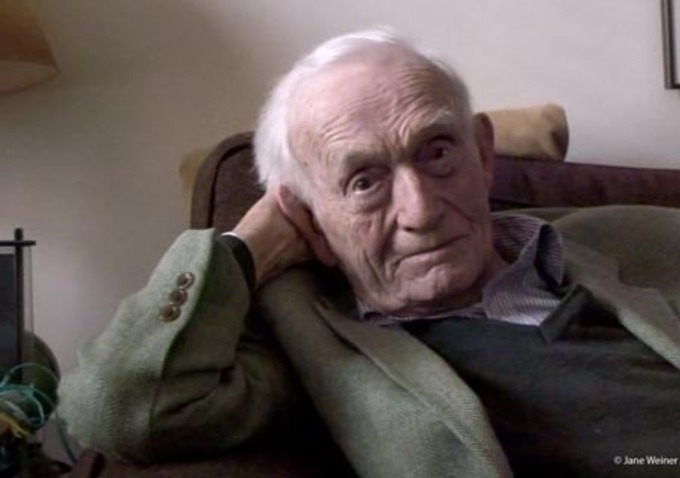
But to make a film about a filmmaker, one needs to obtain rights to certain examples of their former work – in this case, clips from Flaherty, Drew Associates, Pennebaker, NBC, CBS, ABC, etc. Quite daunting. And, as a novice filmmaker, I never imagined what the response might be from the funding organizations. NEA was automatically out because Leacock was the head of the panel that decided on filmmaking/Media grants. All others just laughed: A film shot on Super 8 with no formal interviews about a major filmmaker? Ha, ha, ha.
But I pressed on, following Leacock to his father’s banana plantation in the Canary Islands (location of his first film) and then on to Paris to meet Henri Langlois, Chris Marker, Carole Roussopoulos, and others. In the USA, many were mocking Ricky’s obsession with small-format filmmaking, but not in Europe. It was refreshing and encouraging – but this didn’t help the financial situation.
Back in the States, Jeff Kreines (who was 17 or 18 years old at the time) helped out enormously. We worked together; he’s a fabulous filmmaker and, in those days took very good sound when I was shooting and, when I couldn’t be there, on his own initiative, captured the extraordinary and memorable sequence of Ricky and Ed Pincus at MIT.
But, eventually it became obvious it was time to put this unfunded project in storage and go out find a real job.
Every decade or so, I pulled out the proposal and show it around…
You get the picture.
Flip forward several decades. Ricky’s dream comes true. Small-format filmmaking is a reality, readily available to almost everyone.
After retiring from MIT, Leacock met Valerie Lalonde, whom he called the love of his life and moved to France. Here, he re-launched his filmmaking career and, with the support of French and German television, started experimenting in small-format video. He revamped Hi8 cameras to suit his needs – changing to super-wide lenses, adding a side-window viewfinder – long before anyone else. While most other serious filmmakers were cautiously ‘looking into’ the relative quality of video versus film, Ricky jumped in with both feet and, once again, was way ahead of the times…
By the early ’90s, we were both showing our films around, so we ran into each other quite frequently. At a film festival, he once loaned me his camera to shoot events and conversations with Jonas Mekas, Ross McElwee, and others. In 1995, I made an educational program about the digital revolution for French TV and went out to his home Normandy to shoot him at work on his last film, A MUSICAL ADVENTURE IN SIBERIA. In 1998, for a ‘Thematic Evening’ on Arte about the opening of the Euro Tunnel between France and the UK, I arranged that Leacock-Lalonde be commissioned to make a charming and remarkably prescient environmental film, LE TROU DANS LA MER that, by the way, has never been screened in America (DER – Documentary Educational Resources is releasing ‘The Paris Years’ on DVD – films made by Richard Leacock and Valerie Lalonde between 1989-2009).
Then, in 2005, I decided to seriously re-launch my own film. Ricky had written his life story and, totally fascinated by digital innovations, had decided to release his autobiography – not as a book but rather, what he called a DVD-Book – wherein, while reading along, one could immediately access the films he made reference to by simply clicking on an icon. This idea came to him, he said, because reading about filmmaking was like reading about tasting wine: How do you describe a taste? A still image from a movie doesn’t tell you what’s happening in the sequence and describing it always falls short of actually watching it. Most publishers scoffed at him (he wanted the impossible), but one said that he’d found the solution (‘holy grail’ were his exact words) to a problem that has always plagued film study literature. However, since Leacock did not own the rights to most of his work, licensing the 100 film clips would be a challenge.
So, I made a 20-minute DVD sample and, once again, I shopped around my film proposal. However, except for seed money from the LEF Foundation, everyone else said ‘No’.
Why? The head of a major film institute told me privately that my film was to ‘arty’; the heads of two major TV documentary series said Leacock was not well enough known, plus they found my approach was too offbeat and risky. Bottom line: Come back and when your film is finished.
But, in order to finish, I needed cash: I had 15 hours of Super 8 footage (with synchronized audio on 16mm mag) that had to be transferred to digital. And, while I could do almost all the other jobs, this was beyond my means.
I don’t see my film as arty or offbeat, although in some ways, it is very personal: We see Ricky (and others) in situations that are unexpected. As I mentioned before, when I started this project Ricky declared that he would not do any interviews. There was a reason behind this for, although Ricky gave interviews to anyone who asked, privately he mocked TV crews who would come in with their big cameras, lights, and tripods and ask him to sit down and talk about Cinema vérité.
However, sometimes you need to find a way around these ‘rules’. There came a moment in 1974, when I realized I needed words from him about his past – so, Jeff Kreines and I took a Super 8 camera and Nagra over to his apartment and, in the middle of preparing dinner, asked him to just sit down and just tell us the story of his life. He had 30 minutes. We didn’t ask any questions or prompt him in any way and, as a result it’s especially dynamic, pure storytelling.
Also, in my film we see Ricky doing things: Teaching, grocery shopping, cooking, fussing with technology, editing, etc. Nothing is ever ‘faked’ or set up. I would just show up and shoot…
Years went by, Ricky was getting older and, after being seriously injured in a fall down a flight of stairs, his memory was failing fast. Last year, he made one last trip to the Telluride Film Festival to screen Monica Flaherty’s sound version of her father’s film MOANA (1926), which he had helped make happen in 1975. I screened a work-in-progress of my film there, with Ricky in attendance. Everyone was quite moved and it was incredibly well received, even in its unfinished state and, without the original footage shot in the early 1970s.
Following Telluride, having spent years sending out proposals, making DVD samples, paying for everything, I was truly penniless. I knew I should have listened to sage advice from a filmmaker friend who told me I was on a futile mission because, he said, film biographies are rarely financed while the person is still alive. Winter was coming; I couldn’t heat my apartment or pay the rent. Friends helped keep me alive, but I’d lost all hope.
Re-enter Jeff Kreines. Jeff, whom I’d not seen in 35 years, is the inventor of the Kinetta Film Archive Scanner (see Kickstarter Update #8) – an amazing machine designed to gently transfer ANY film format to 4K digital without using the treacherous sprocket pull-down claw that rips and destroys celluloid made fragile by age or bad storage conditions. By total chance, in October 2010, I discovered that AS’Image, a postproduction house (literally next door to my apartment) was awaiting delivery of a Kinetta. Jeff arrived in Paris on Easter Day 2011 and, thanks to AS’Image’s generous ‘in-kind’ participation, we started the transfers…
Sadly, one month before Jeff arrived, Ricky Leacock died on 23 March 2011, so he never got to see how marvelous his Super 8 Synch Sound invention looks on the large screen.
On the day he died his legendary fame, which broadcasters didn’t trust, was evidenced in the hundreds of obituaries around the world. At the memorials at Lincoln Center and MIT, friends and family finally were finally able to view segments of the newly transferred Kinetta footage. Several people generously offered private donations to help match a grant that finally came from the same media fund that he had started and once headed.
In the last 6 years, having raised less than one-fifth of the actual budget, we desperate to finish.
How do you make a feature-length film on less-than-nothing?
Here’s how: My co-producers say the ‘thank-you’ list on the closing credits is much too long. I say my biggest fear is that somebody’s name might accidentally be left off. Someone important, someone who gave something or did something that really made the difference. Of course, after 40 years, a no-budget film would not exist were it not for a lot of help from friends. It could be no other way. And, I have to say I am deeply indebted and extremely grateful to everyone – so many have contributed so much – it’s impossible to list here – but, hopefully, one day soon you can read the credits!
If we continue working this crazy schedule, Sebastián Eyherabide (my WONDERFUL editor) and I believe we can get to a fine cut edit by the end of December.
However, in order to release we need to locate the masters of some 60 film clips, conform, color correct and find someone to do the sound editing and mixing, etc. And, malheureusement, these kinds of expenses require we that spend real cash money…
So, we’ve turned to Kickstarter and, boy, it’s a killer.
Less than two weeks left to finish the film. We’re SOOO close! Almost there by doing double-time in the editing room and a Kickstarter campaign running at the same time.
The most wonderful response from Kickstarter is that people love the video updates — plus, it seems that festivals are watching, too. We’ve gotten several requests in the last couple days from major festivals wanting the film.
After all these years, it’s coming down to the same thing as always – perseverance, endurance and the help of dear and new friends. None of us could do it without the support of everyone else in the community. Ricky’s ideas on small format cameras, technology and how to make a documentary resonate stronger than ever, and the community that has supported his work has been incredibly supportive of my struggle to get this film out to the world. I hope to share it with you soon.
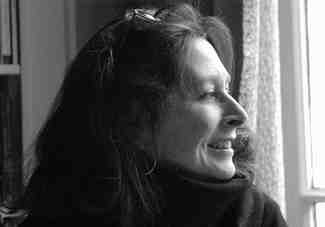 Since her first film, “7th Street Depot” (1971), Jane Weiner has made many films; her credits include SILVERLAKE LIFE, JUPITER’S WIFE, HOME PAGE, RAVI SHANKAR, and THE MYSTERIOUS DISAPPEARANCE OF BEES — all international co-productions. LA CAMERA PASSE-PARTOUT and RICKY on LEACOCK will be released in 2012. Her next film, LES ABEILLES DE VEZELAY is an up-close portrayal of an agricultural community set on defending itself against the onslaught of chemicals.
Since her first film, “7th Street Depot” (1971), Jane Weiner has made many films; her credits include SILVERLAKE LIFE, JUPITER’S WIFE, HOME PAGE, RAVI SHANKAR, and THE MYSTERIOUS DISAPPEARANCE OF BEES — all international co-productions. LA CAMERA PASSE-PARTOUT and RICKY on LEACOCK will be released in 2012. Her next film, LES ABEILLES DE VEZELAY is an up-close portrayal of an agricultural community set on defending itself against the onslaught of chemicals.


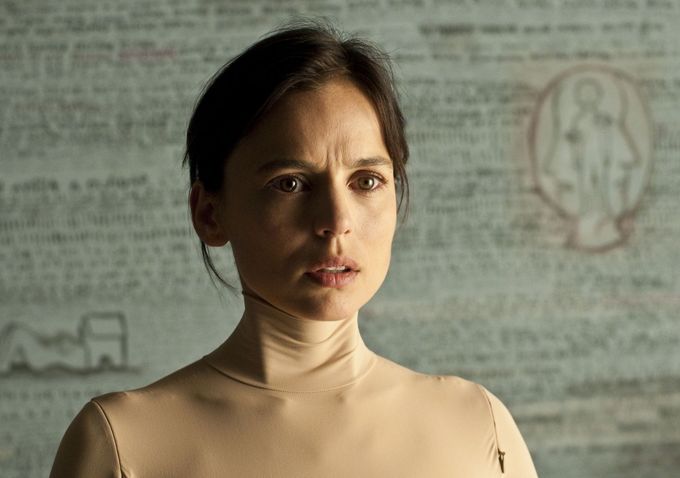
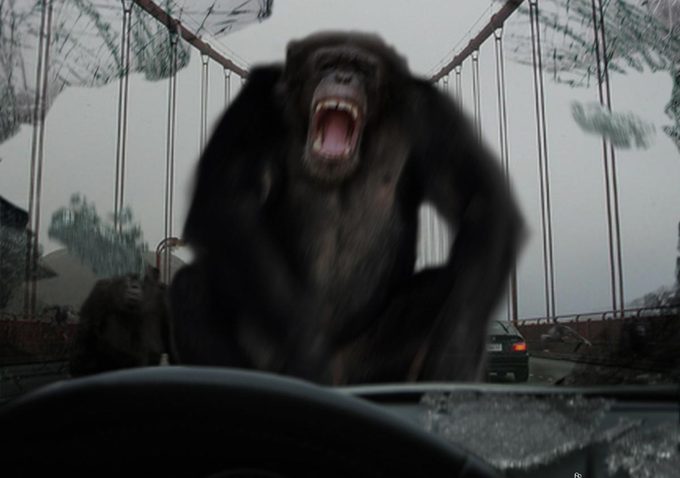
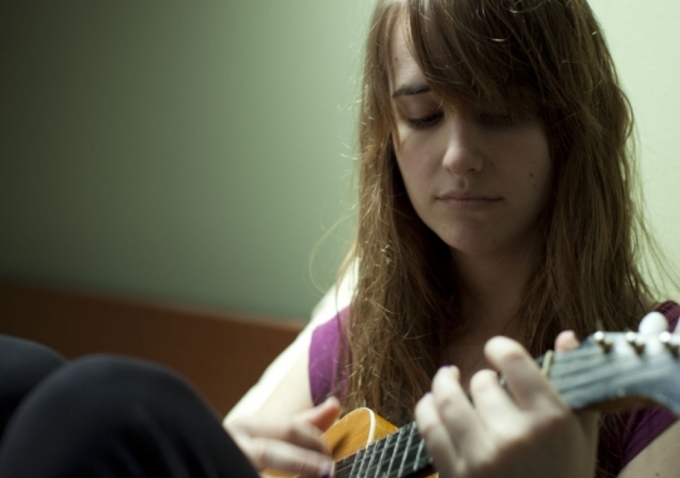


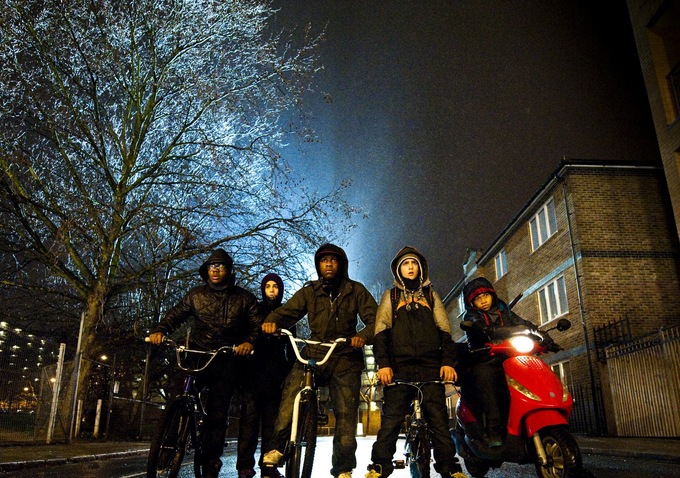
 Russell Sheaffer is an experimental film and documentary maker with a strong academic background. He received his Masters in Cinema Studies from NYU and his films have screened both nationally and internationally at venues such as the MoMA, UCLA, the University of Wisconsin at Madison, Torino GLBT Film Festival, Boston LGBT Film Festival, and the Anthology Film Archives.
Russell Sheaffer is an experimental film and documentary maker with a strong academic background. He received his Masters in Cinema Studies from NYU and his films have screened both nationally and internationally at venues such as the MoMA, UCLA, the University of Wisconsin at Madison, Torino GLBT Film Festival, Boston LGBT Film Festival, and the Anthology Film Archives.

